Peter Kayafas
Totems
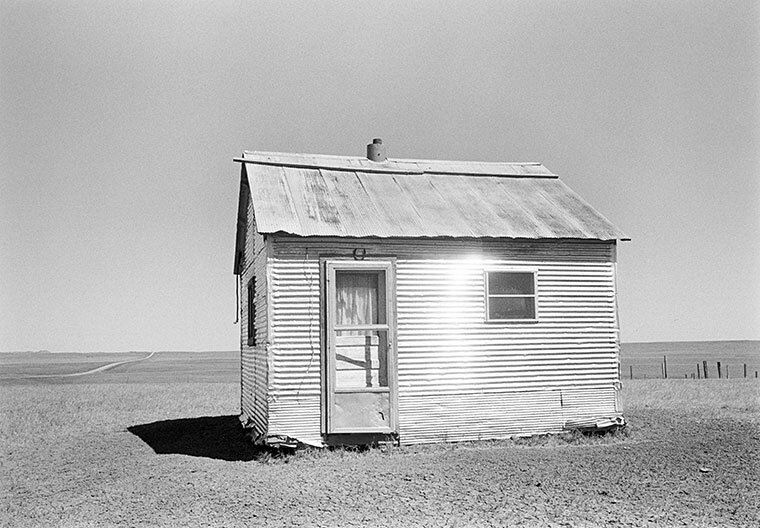

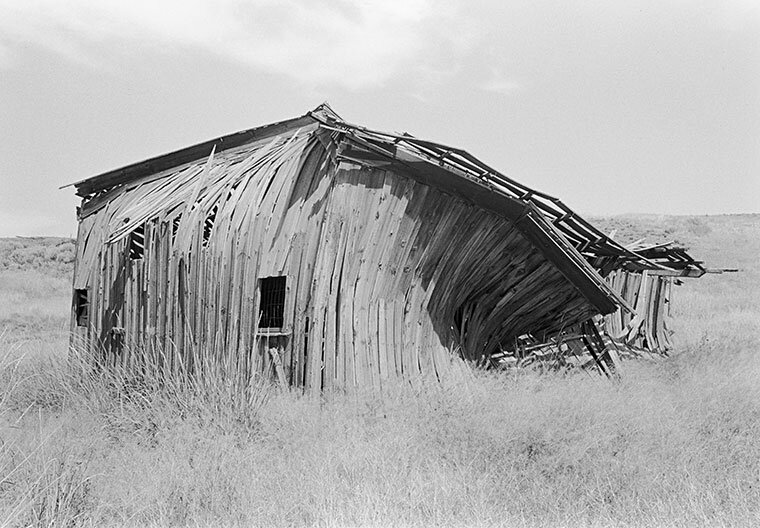

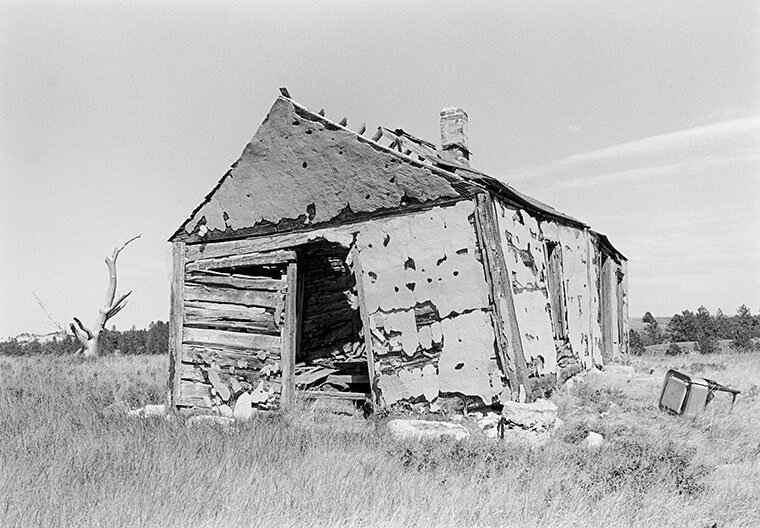
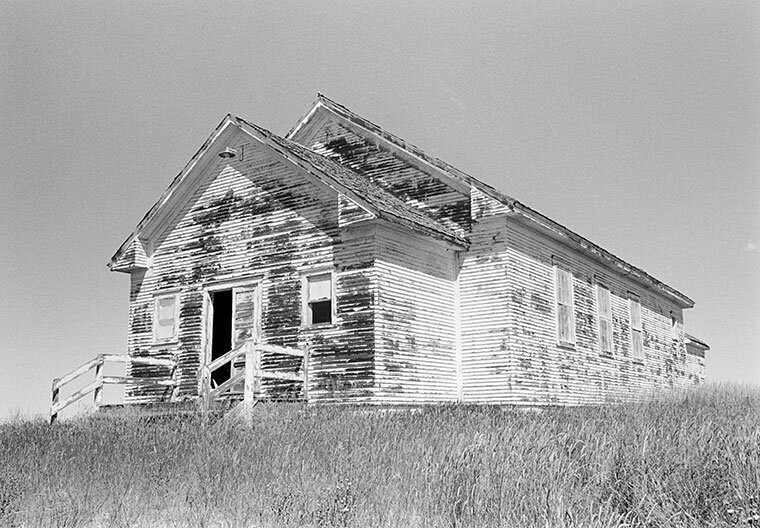
Gallery Kayafas announces the exhibition of Totems by Peter Kayafas and Don River by Surendra Lawoti. Both artists explore and examine the landscape: Kayafas the physicality of the plains and the disheveled structures, abandoned to be reclaimed by the earth; Lawoti, the social and political landscape of a homeless community where there are daily struggles to maintain a marginalized existence. Both the structures and the homeless are at the mercy of the elements. Discarded and forgotten, once a part of a larger community, they both stand with pride in defiance of obliteration.
Kayafas’ Totems, proud portraits of stark, isolated structures, show the sculptural bending and twisting of age. Much as people’s countenance evolves as they age, the buildings in Totems show equivalent signs of diminished strength and dissolution. Kayafas’ black and white photographs burst with an extraordinary brightness, you hear the wind and feel the heat of the day—there is an optimism and pride in this energized solitude. Kayafas shows us the natural disintegration of places from time, weather, and abandonment.
Surendra Lawoti
Don River
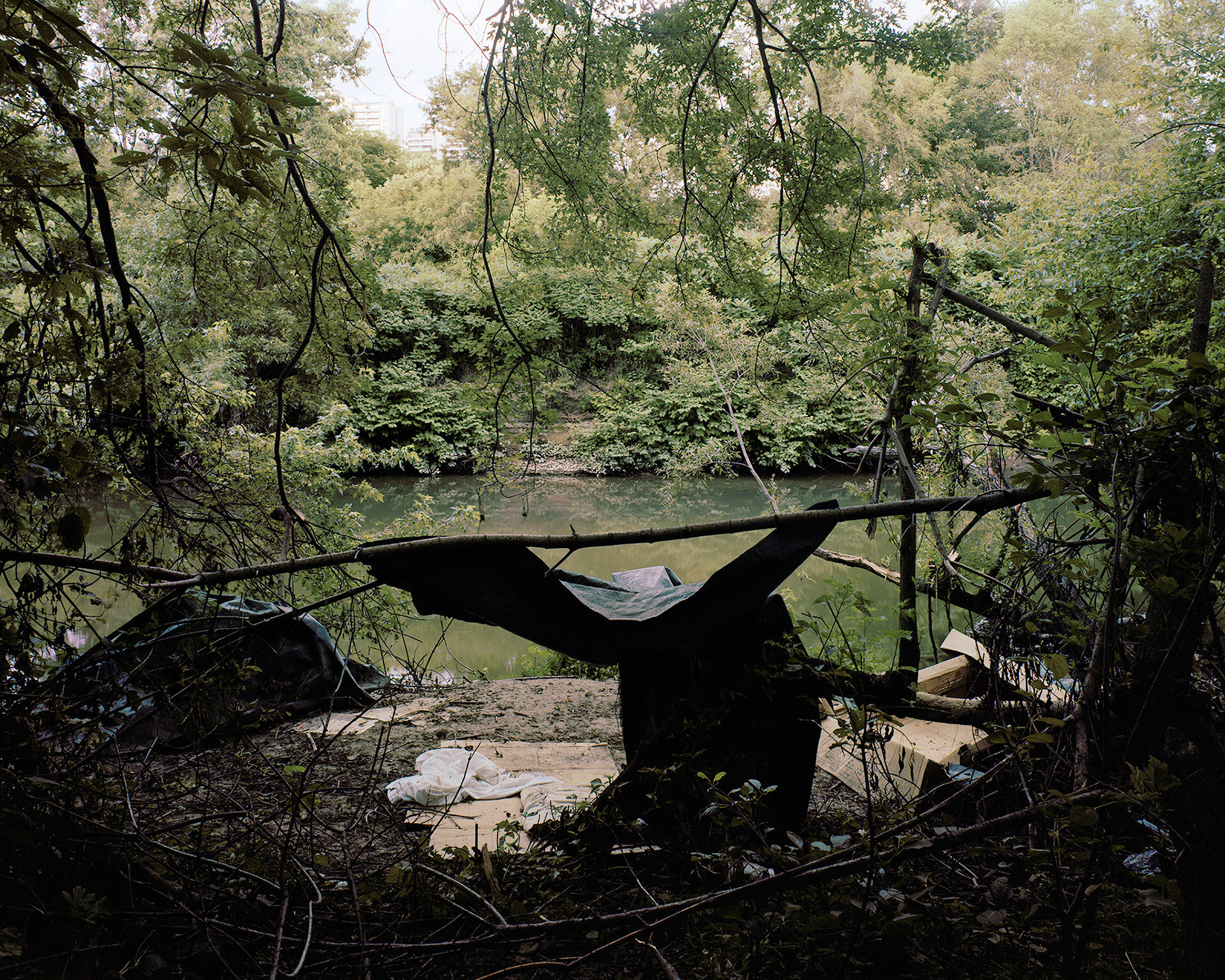
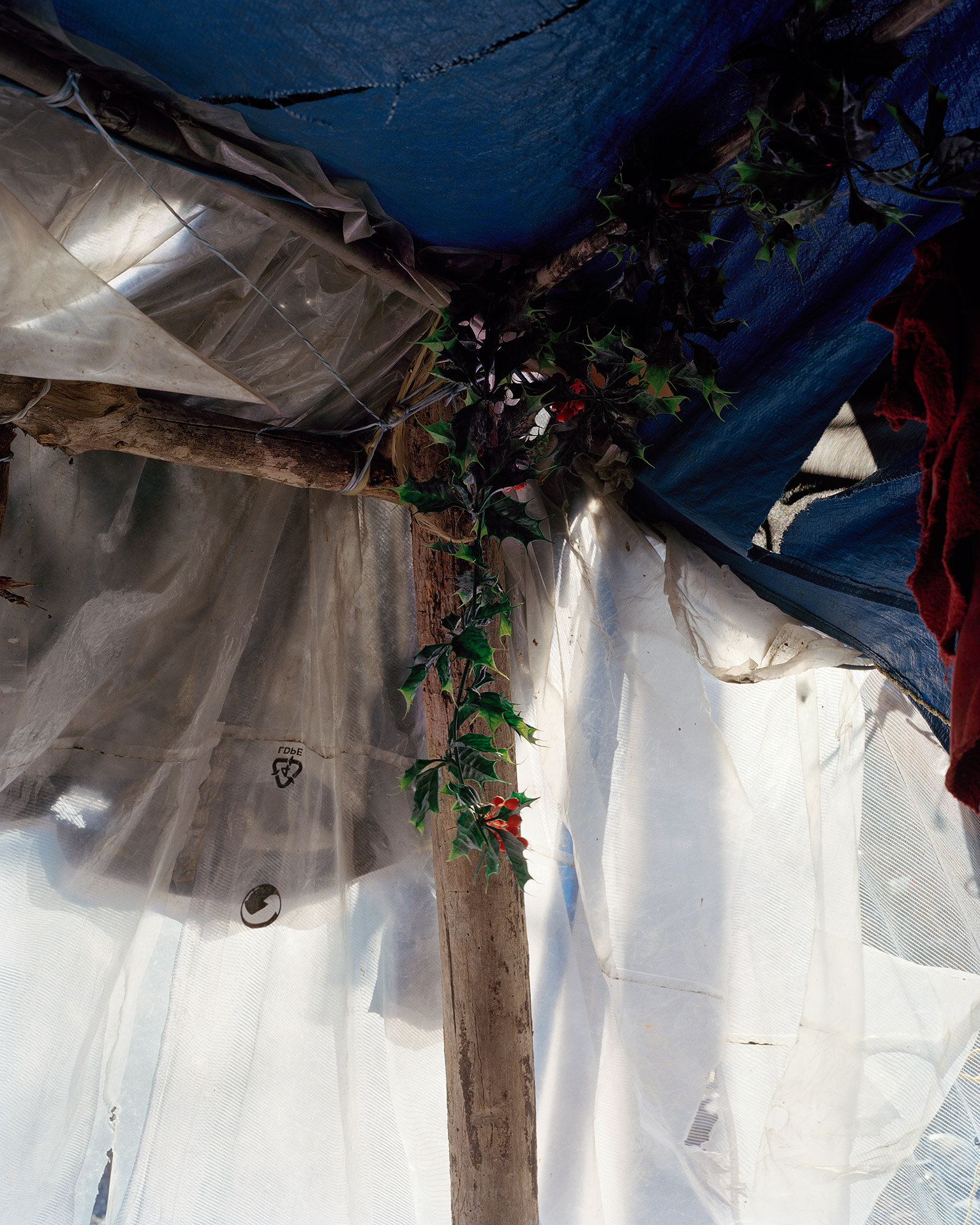
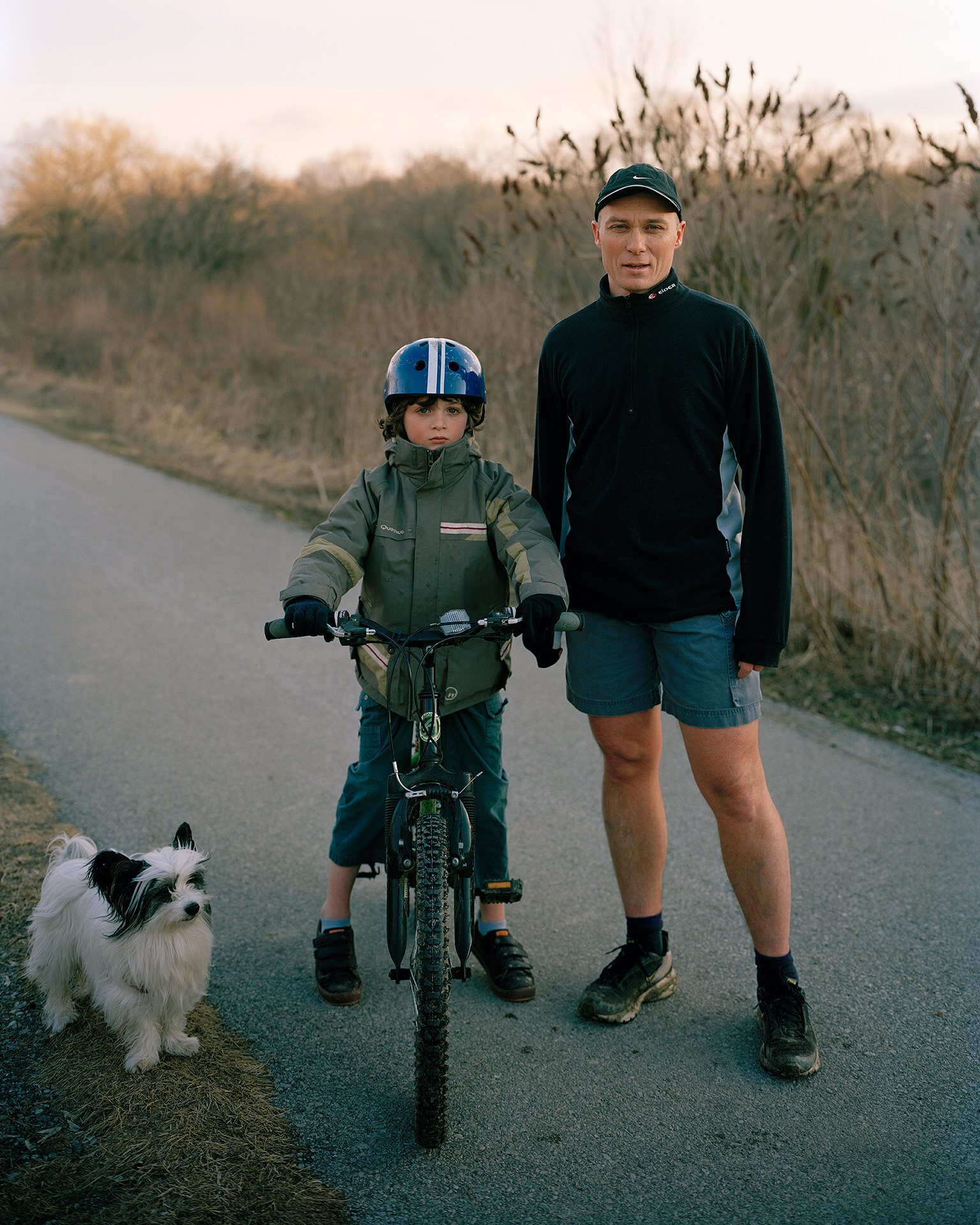
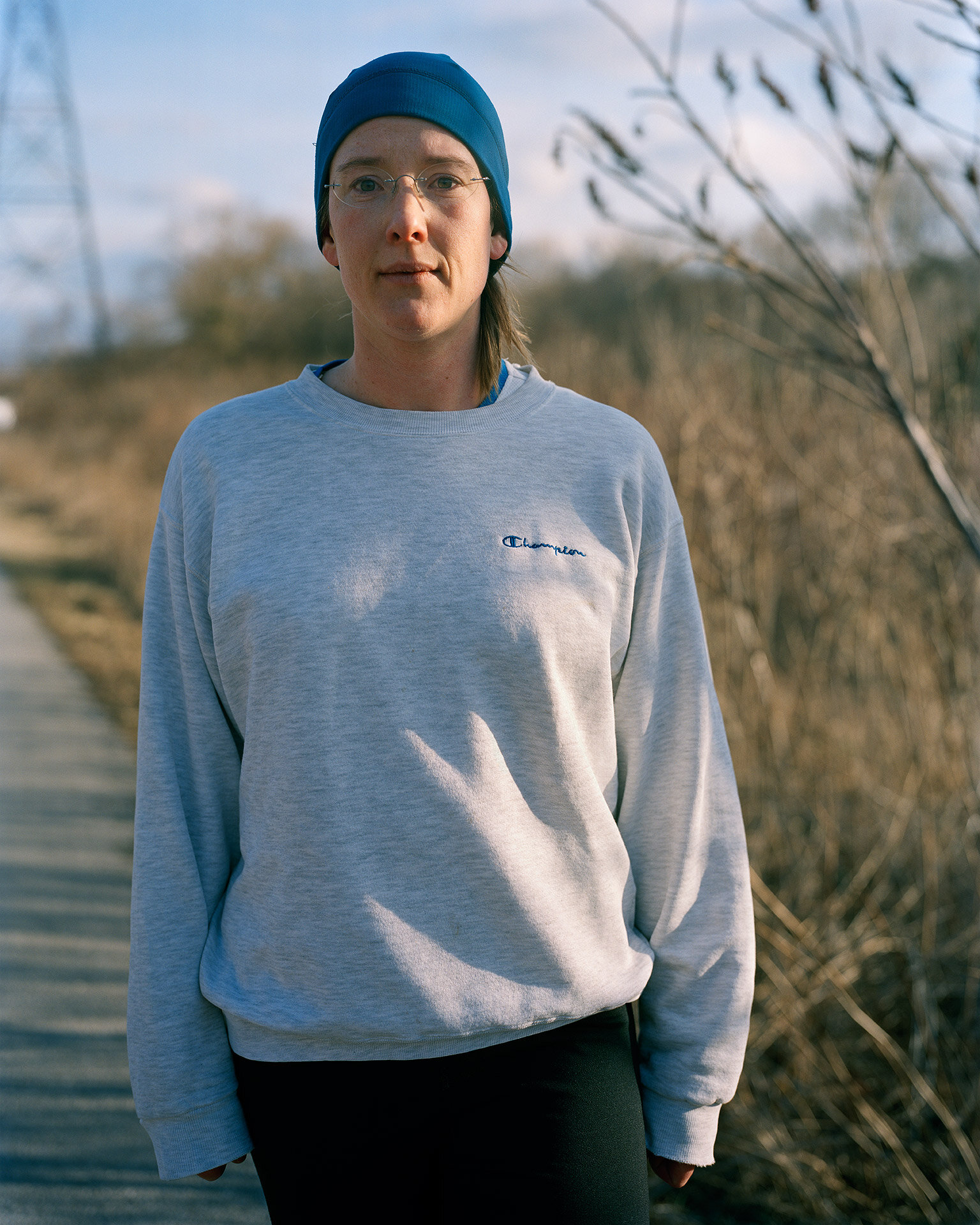
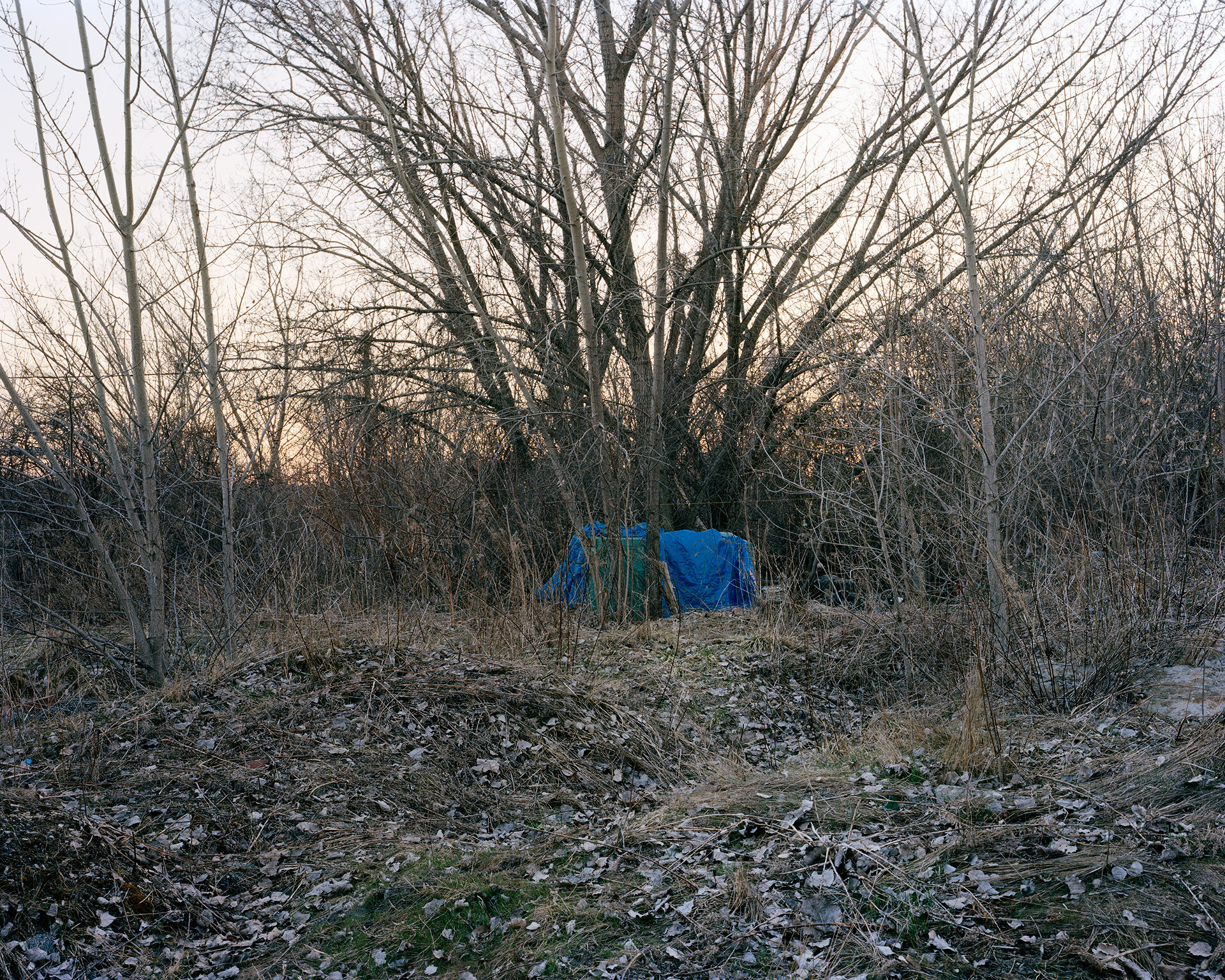
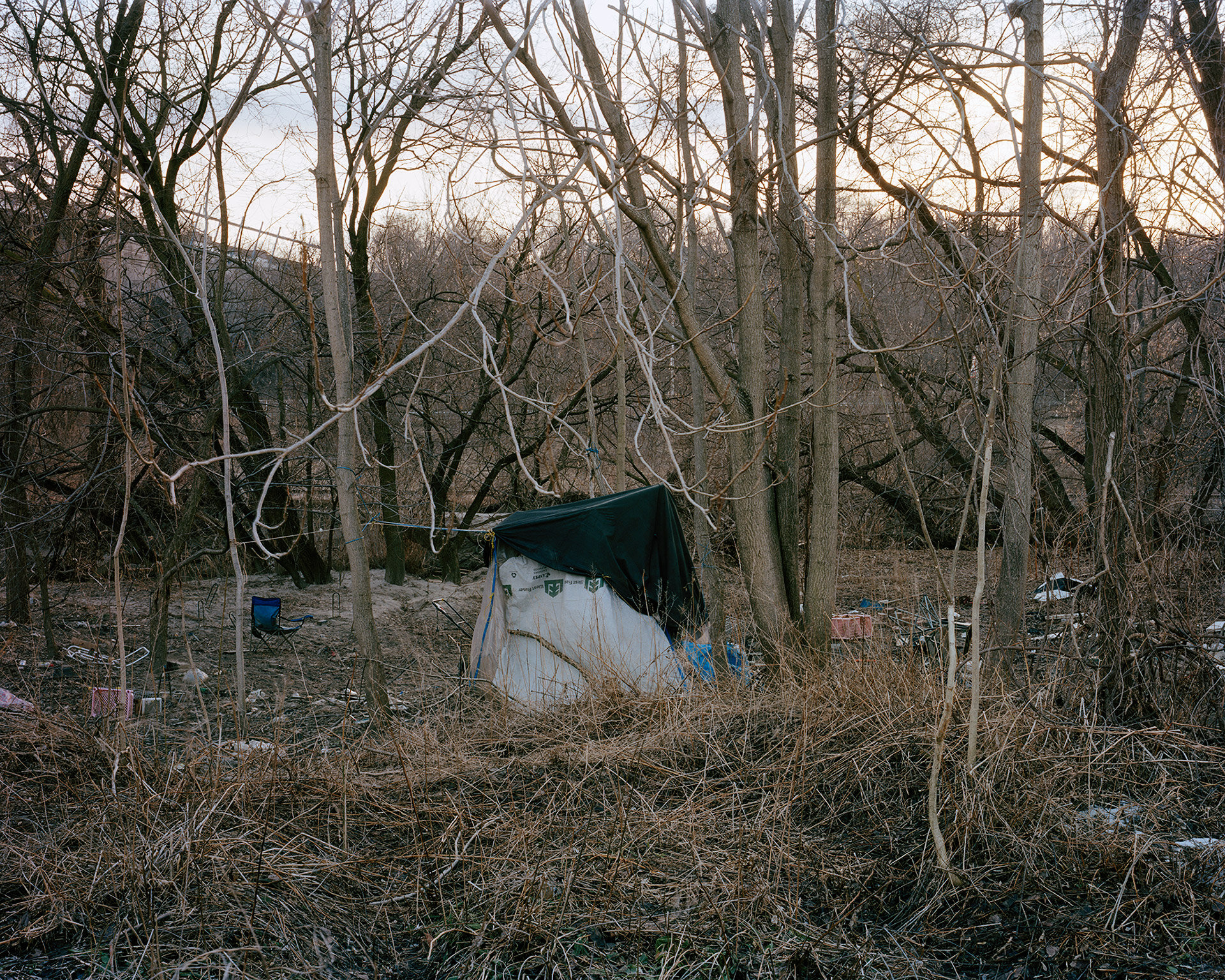
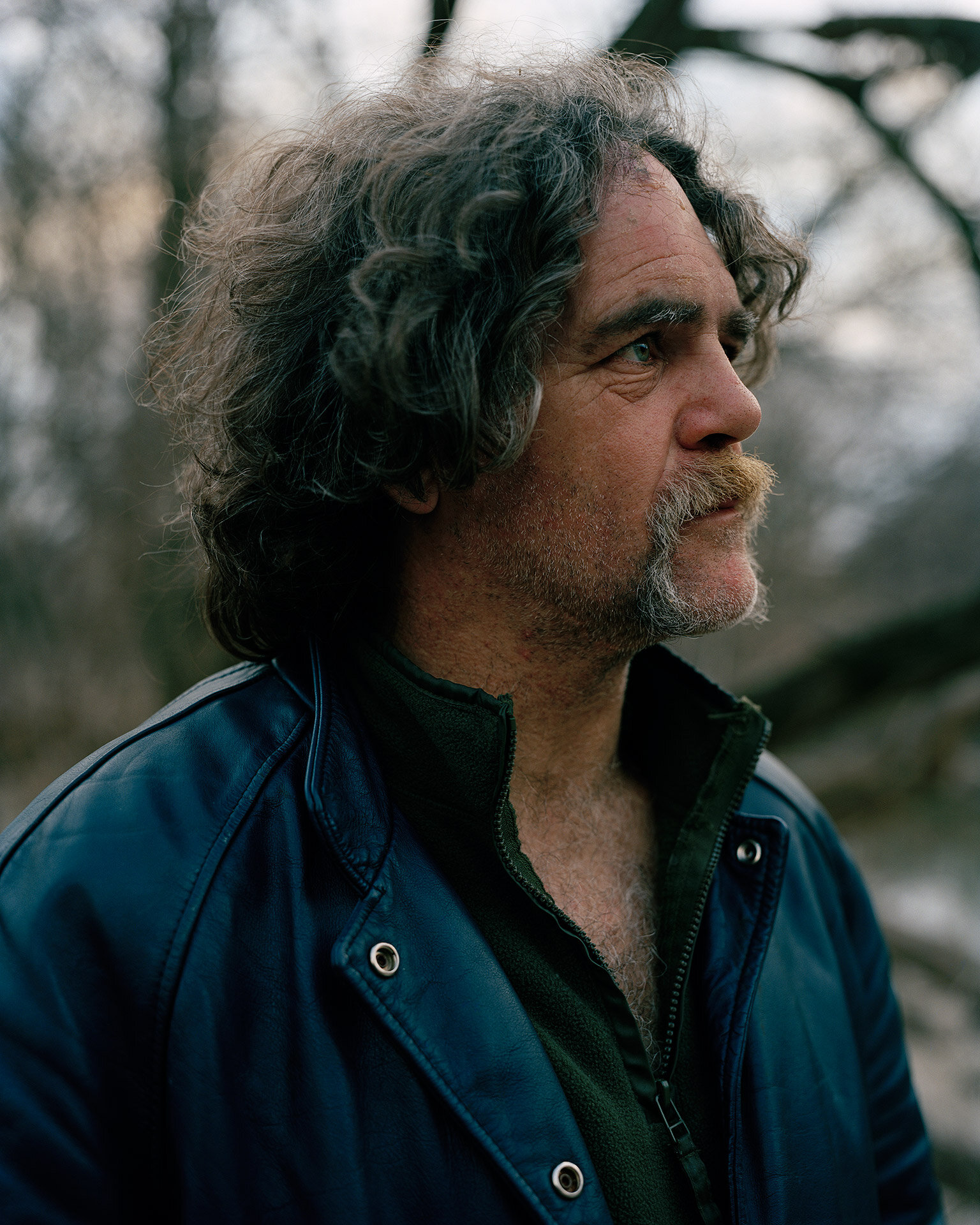
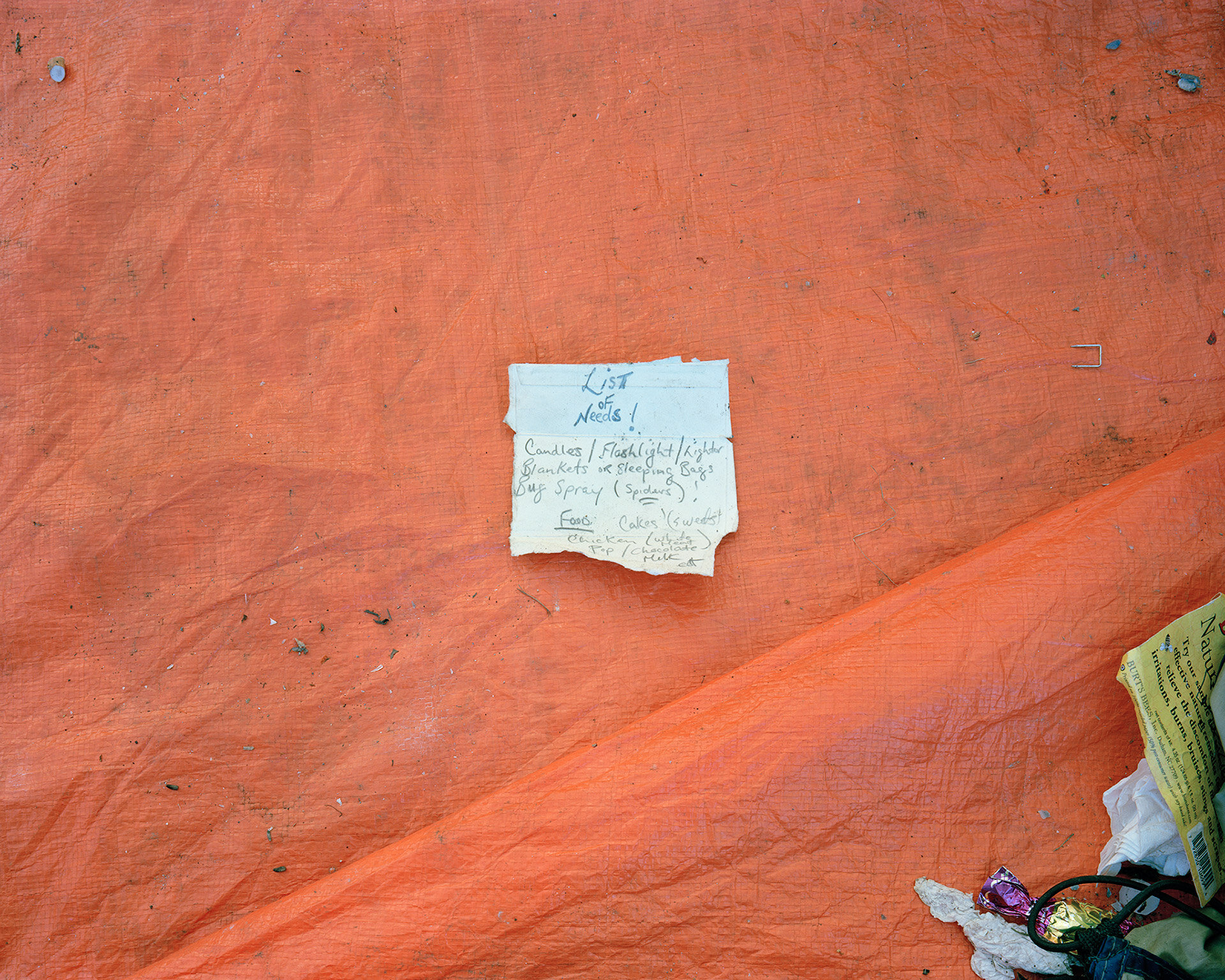

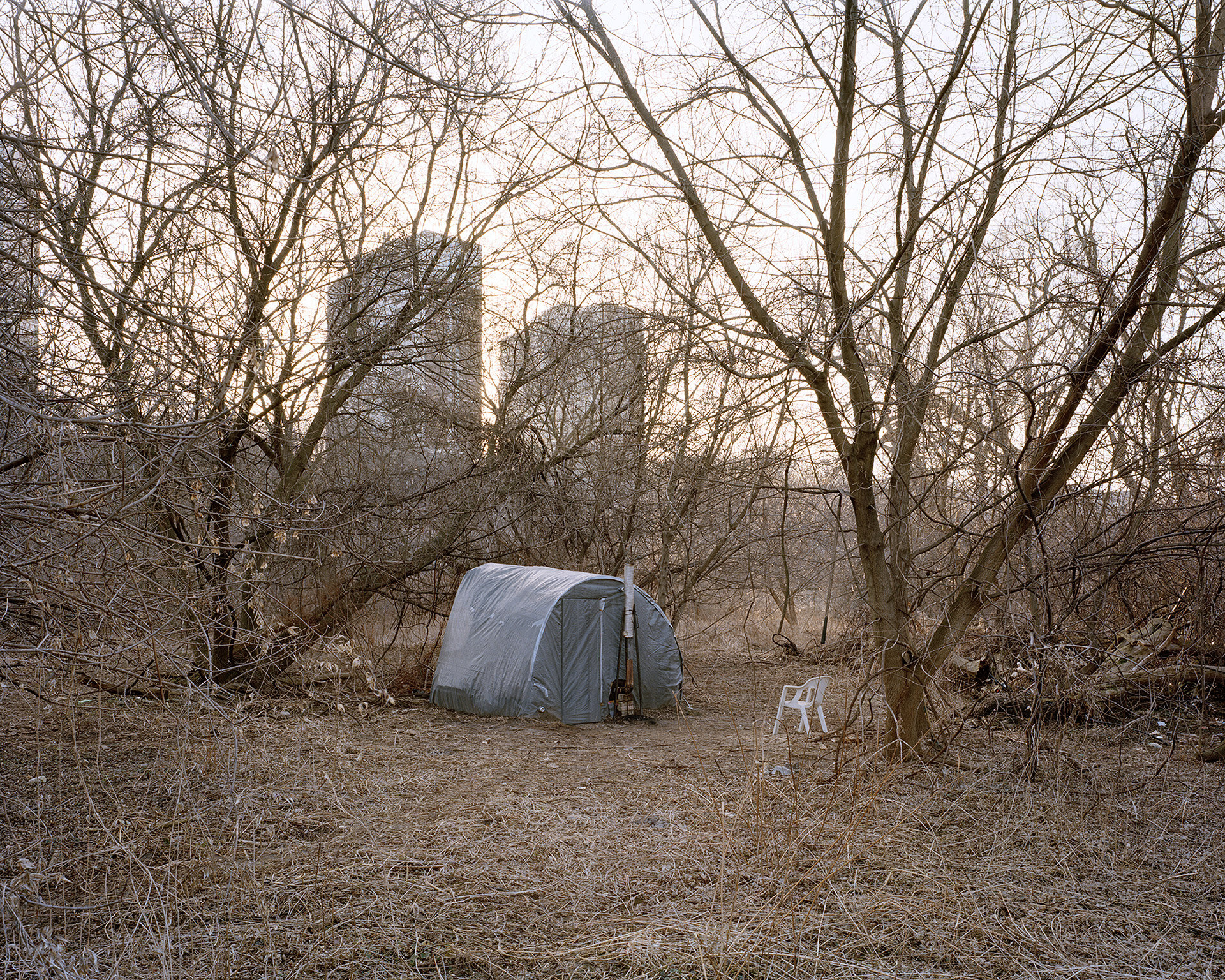
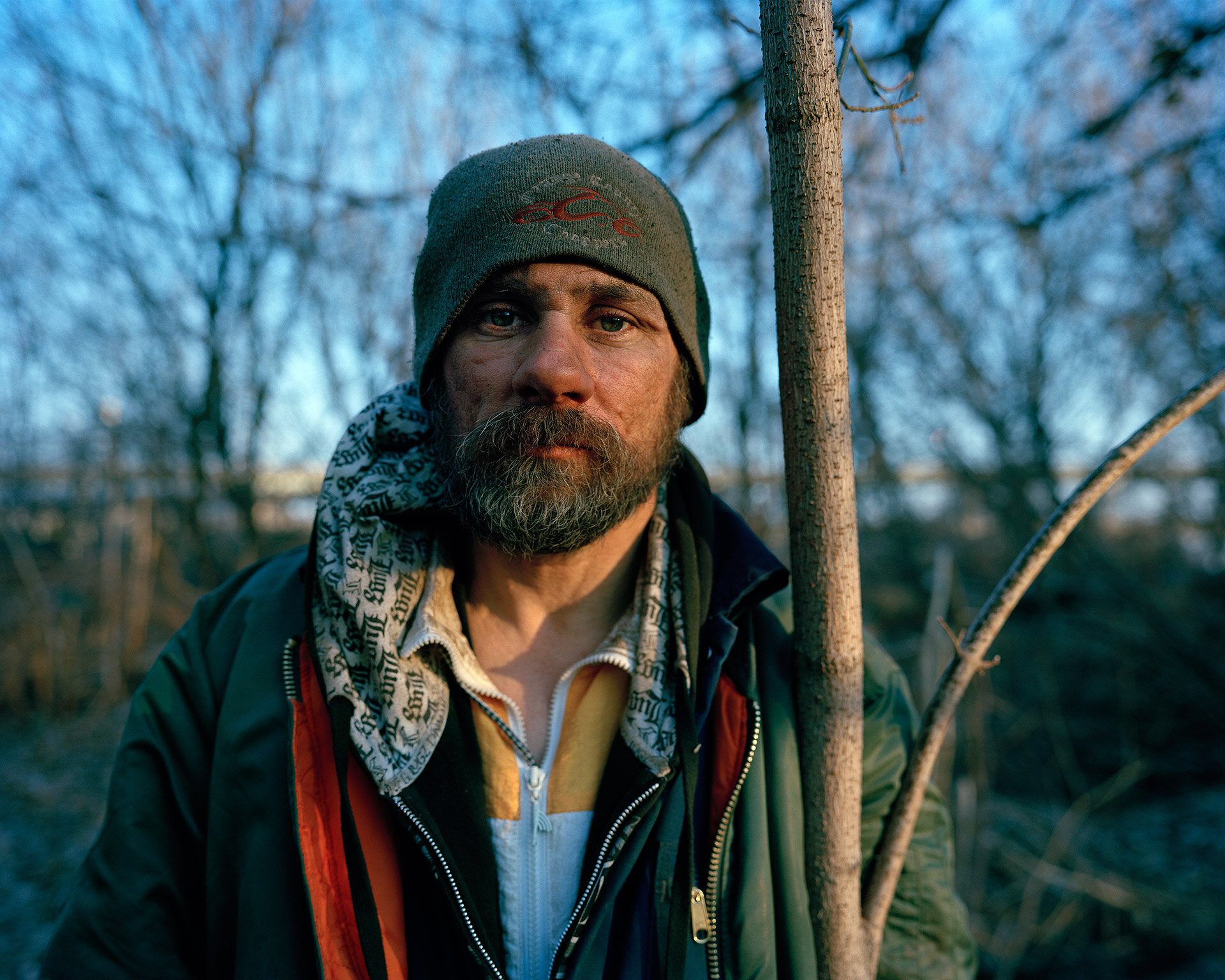
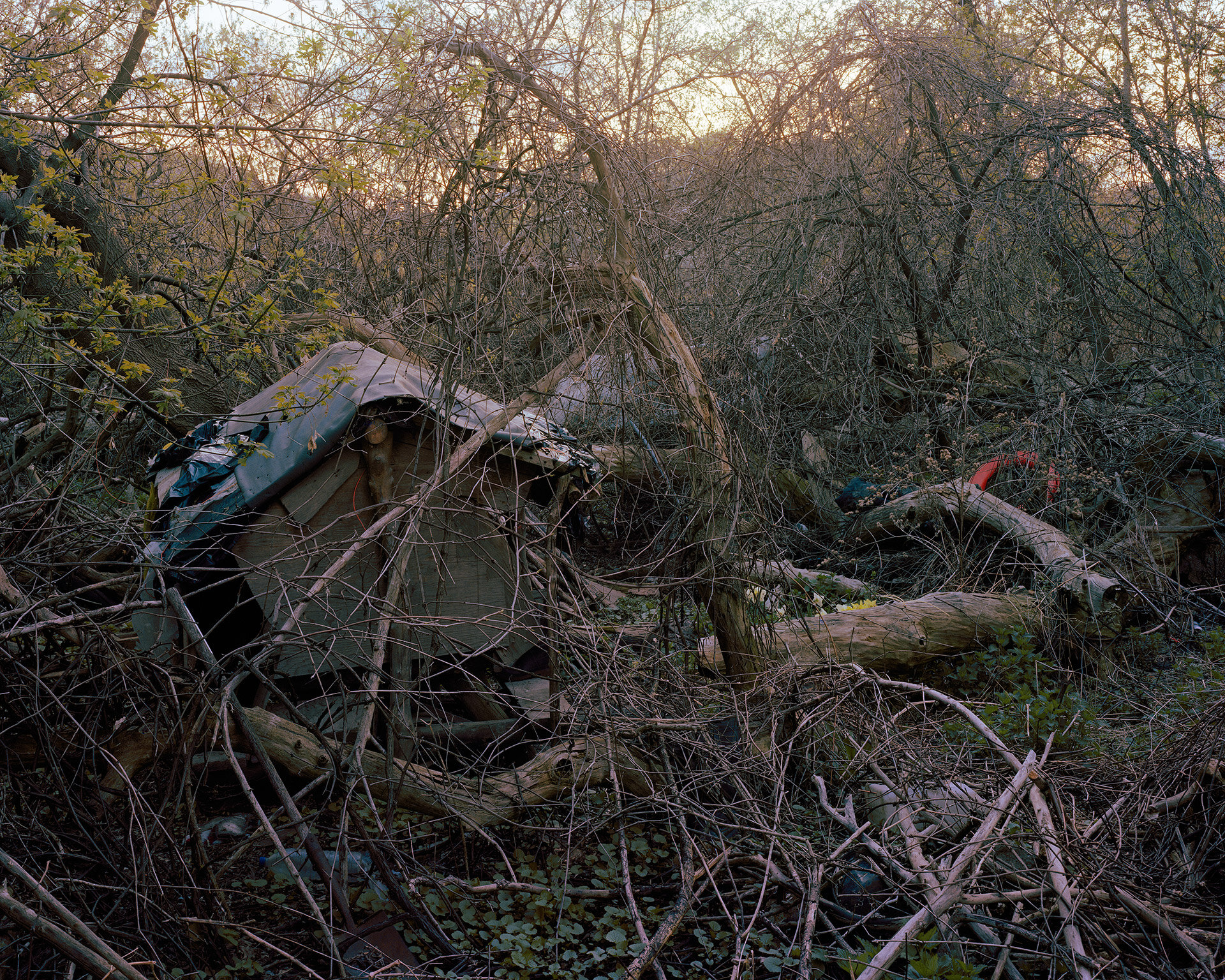
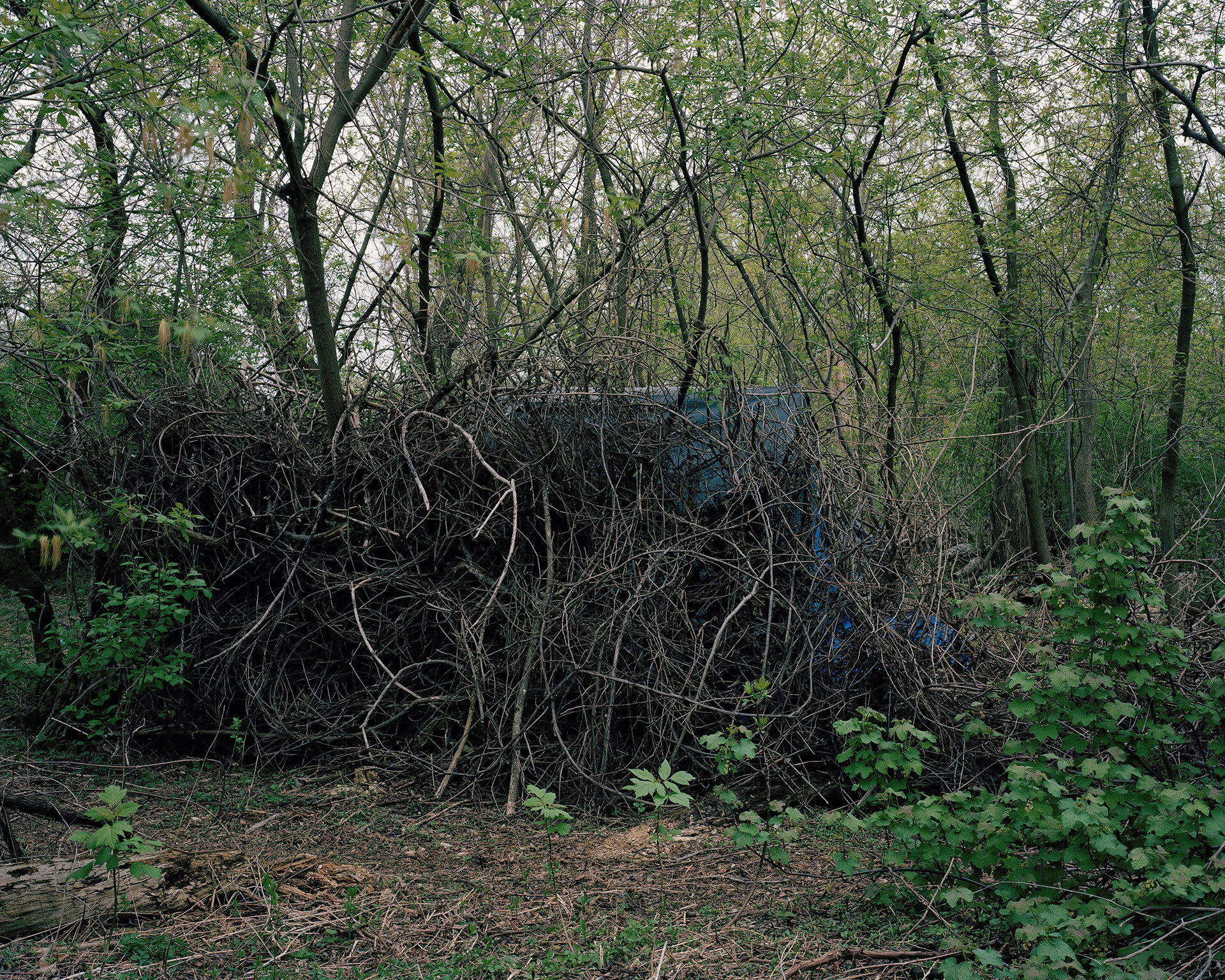
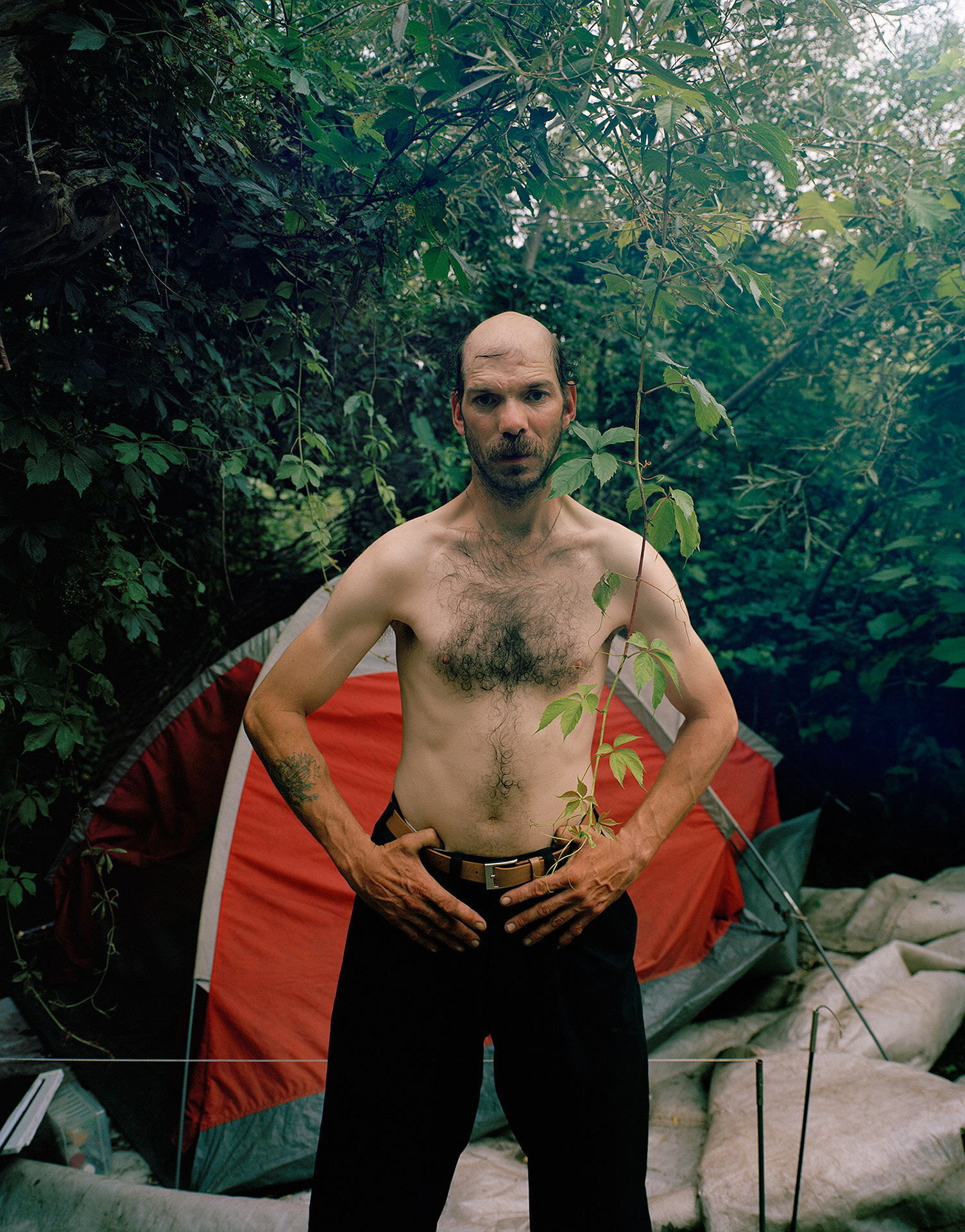
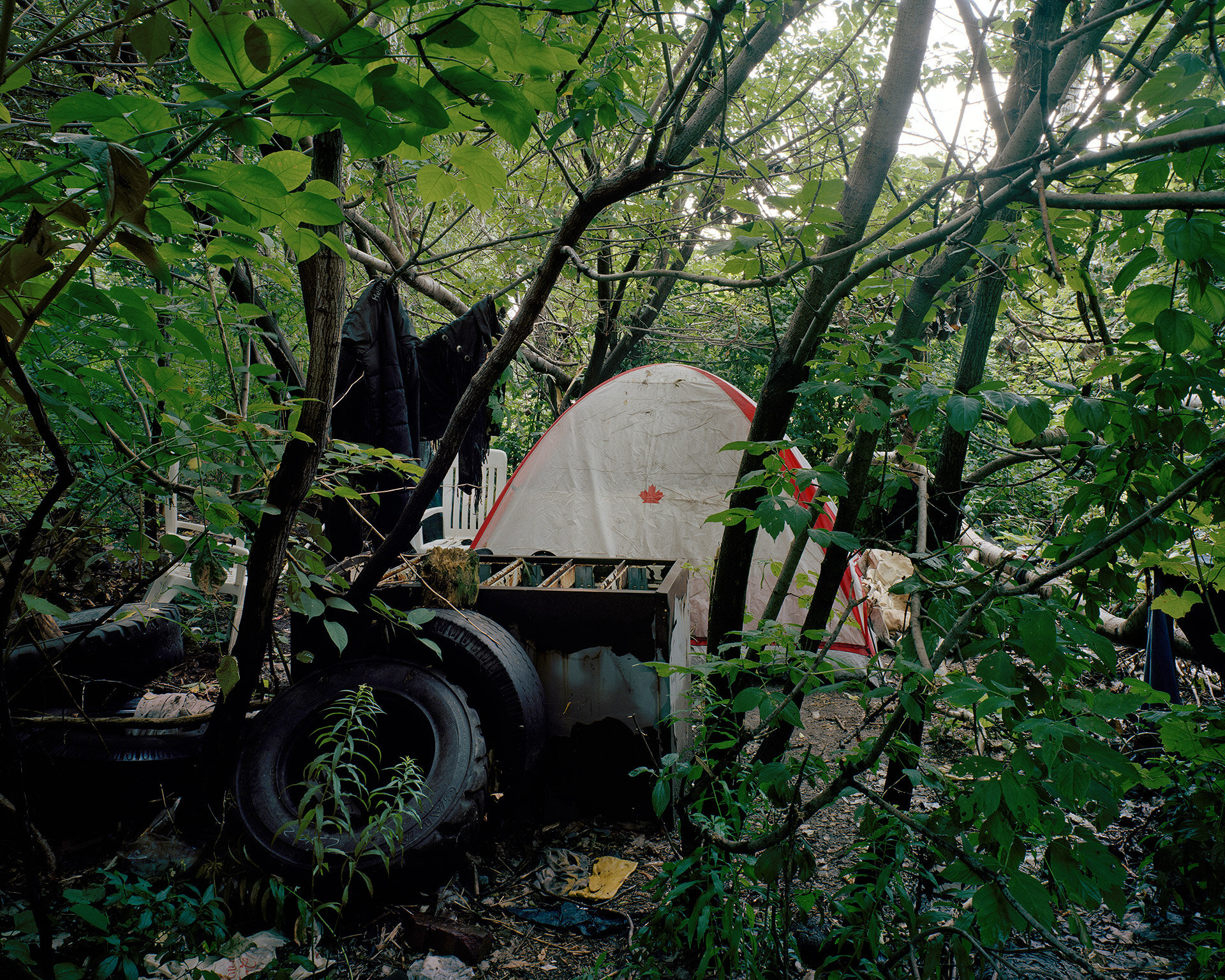
Lawoti’s focus is on the makeshift shelters along a five kilometer length of the Don River, one of the most urbanized river watersheds in Canada. The area is used by the residents of Toronto for recreation—jogging, biking, skating, hiking—in tandem with a community of homeless individuals who have erected structures to create homes. These color images capture the uncertainties, disparities, and tensions surrounding those who exist on the edge.
I have been photographing along the Don River in Toronto. My focus has been on the makeshift shelters that dot the river, its residents and the people who use it for recreation, in an area of roughly five kilometers long and one kilometer wide. One of the most urbanized river watersheds in Canada, the Don is a prime environment for byproduct of urbanization.
In Don River, I incorporate the language of time of day, of the change in seasons, and the climatic conditions. The landscape at dust creates an air of uncertainty and foreboding tensions. The work brings forth the complexities of urban land use where nature and urbanization are in precarious tussle, and there are the other who take refuge on these margins. By looking into how people who do not have a home make one, Don River looks at the idea of home and the issue of homelessness during a period of economic recession. -Lawoti
